After digging a bit at Canon’s website, we’ve found a very informative and educational comparison chart of the entire Cinema EOS family. This piece of information helps to shed more light on Canon’s Cinema lineup. Explore it below.
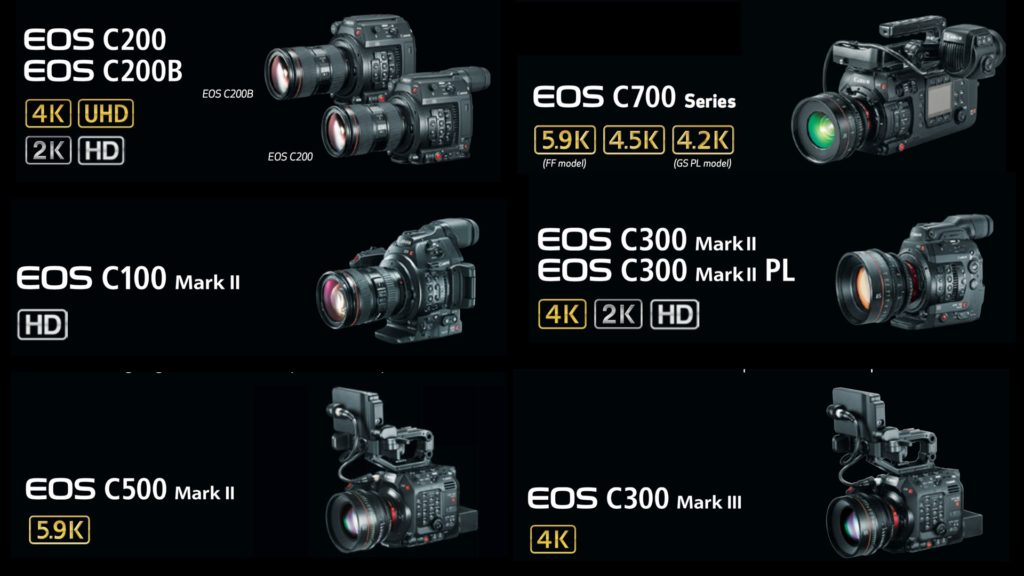
The History of Canon Cinema EOS Cameras
Before the announcement of the C300 Mark III, we wrote an article that summarizes the Cinema EOS history. Make sure to read it (From C300 to C500 Mark II: The History of Canon Cinema EOS Cameras). The article scans all the Canon’s cinema cameras (apart from C300 Mark III) and the reason for their development by taking into consideration their defined market segment. The Cinema EOS party has begun in 2011 with the C300 and is being continued until today with the magnificent C300 Mark III announced two months ago.
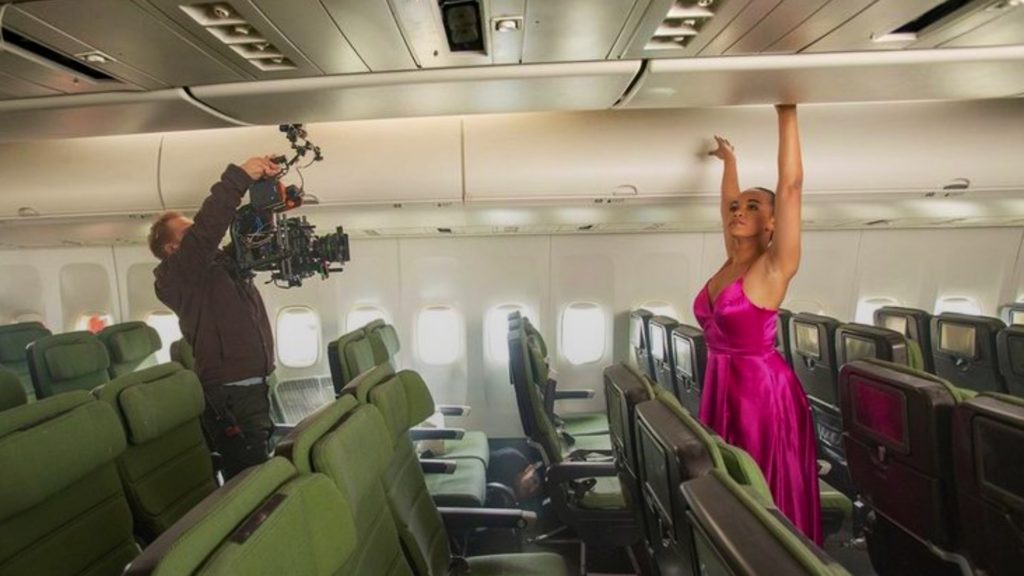
Indeed, 2011 was the year that Canon stepped into the age of cinema cameras. This strategic decision was a consequence of understanding that DSLRs have their limitations regarding cinema production. Furthermore, Canon realized that a completely new branch of cinema-related products is needed, rather than sharpening video capabilities of still cameras. Explore the chart below that demonstrates a rough timeline of the Cinema EOS cameras (excluding the new C300 Mark III which was launched in 2020).
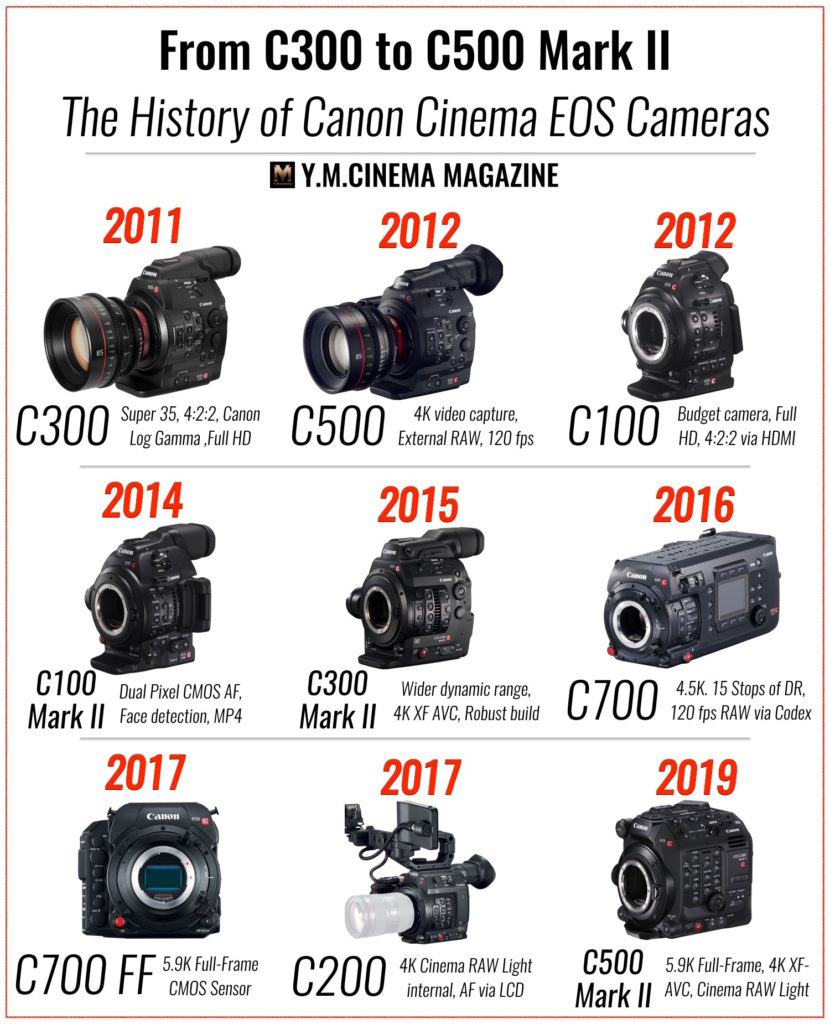
From Super35 to Full-Frame, then back to Super 35
Canon’s R&D was playing with several parameters regarding its Cinema EOS lineup: sensor size, codec, and frame-rate. The line was initiated in the Super 35 sensor size than extended to full-frame, and back to Super 35 with the brand new C300 Mark III. Of course in the middle, the autofocus capabilities were sharpened and remained a major added value even in the cinema lineup. Moreover, new technology was developed to enhance the cinematic images (like the Dual Gain Output (DGO)). By the way, it’s interesting to explore the comeback of the smaller sensor size (Super 35) in modern cinema cameras (even ARRI is developing a new ALEXA S35 – read: ARRI Confirms the ALEXA Super 35 4K to be Launched in 2021).
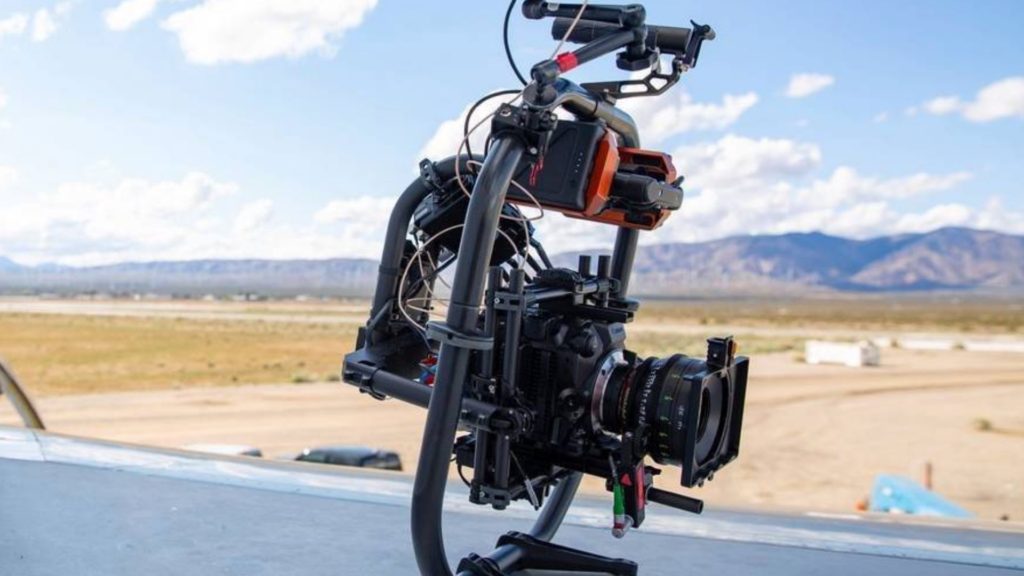
Cinema EOS Sensors and codecs
Sensors
Let’s explore the options of the Cinema EOS sensors regarding size and resolution:
- C100 Mark II: Super 35mm. 9.84 Megapixels (4206 x 2340)
- C300 Mark II: Super 35mm. 9.84 Megapixels (4206 x 2340)
- C200: Super 35mm. 9.84 Megapixels (4206 x 2340)
- C700 FF: Full-Frame. 20.8 Megapixels (6062 x 3432)
- C500 Mark II: Full-Frame. 20.8 Megapixels (6062 x 3432)
- C300 Mark III: Super 35mm. 9.84 Megapixels (4206 x 2340)
As you can see, there is a very basic game here, between full-frame and super 35. The most significant difference is implemented in the C300 Mark III, which is the Dual Gain Output (DGO) that allows the DR (Dynamic Range) to be enhanced to 16 stops (claimed by Canon). More about this technology can be found here: The New Canon C300 Mark III is a Super 35 Beast With a lot of Goodies.
Codecs
The Canon Cinema EOS allows the privilege of choosing between several codecs, depending on your demands (DR, workflow, and compatibilities). There are basically three main codecs: The mighty XF-AVC, the mainstream ProRes, and the unique Cinema RAW Light. Have a look at the list below:
- C100 Mark II: AVCHD: MPEG-4 AVC/H.264, MP4: MPEG-4 AVC/ H.264
- C300 Mark II: XF-AVC: MPEG-4 AVC/H.264, RAW (external)
- C200: RAW: MP4: MPEG-4 AVC/H.264, Compressed RAW (Cinema RAW Light)
- C700 FF: XF-AVC, MPEG-4 AVC/H.264, ProRes, RAW (external)
- C500 Mark II: XF-AVC: MPEG-4 AVC/H.264, Compressed RAW (Cinema RAW Light)
- C300 Mark III: XF-AVC: MPEG-4 AVC/H.264, Compressed RAW (Cinema RAW Light)
The only cameras that allow us to shoot internal RAW are C500 Mark II, C300 Mark III, and C200. This codec was announced with the C200 back in 2017 and since then is being implemented in the Cinema EOS to offer a decent compressed RAW alternative internally.
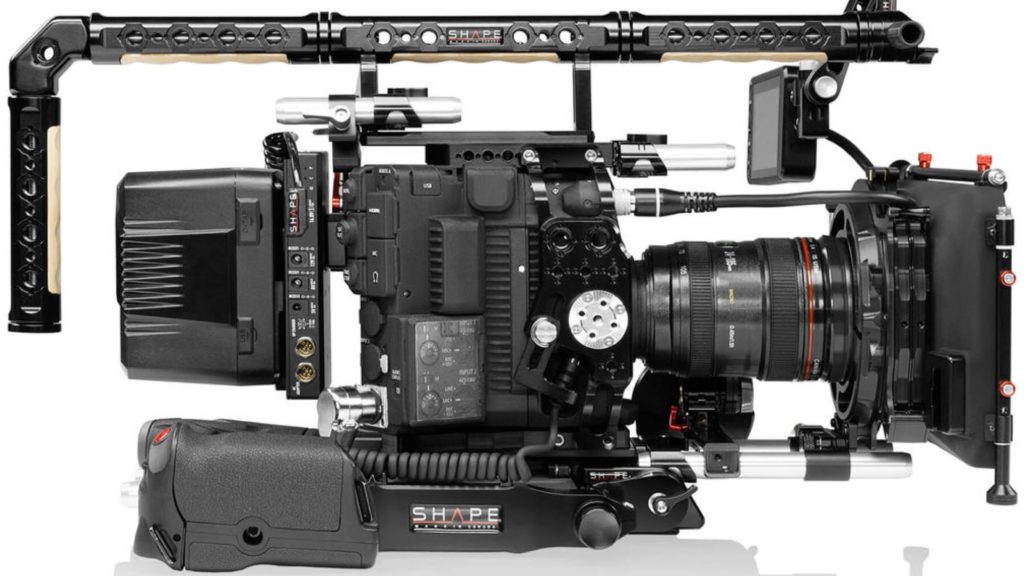
Prices
These are the prices of those models for June 2020:
- C100 Mark II: $2,699 on B&H
- C300 Mark II: $7,500 on B&H
- C200: $5,500 on B&H
- C700 FF: $33,000 on B&H
- C500 Mark II: $16,000 on B&H
- C300 Mark III: $11,000 on B&H
Canon Cinema EOS and Netflix
Most of the Cinema EOS cameras are Netflix approved. However, the C200 is not due to a lack of TC (Time Code). Nevertheless, the C200 can be used under some circumstances as a secondary camera in Netflix productions (The Canon C200 can be Used on Netflix Productions (Under Some Circumstances)). In February this year, the Canon C500 Mark II entered this prestigious list with the new codec Cinema RAW Light. As for this moment, the brand new C300 Mark III is not on the list. However, I’m guessing it is a matter of month or two till it’s approved since it has the Cinema RAW Light capabilities plus the best cinematic imagery in the EOS family.
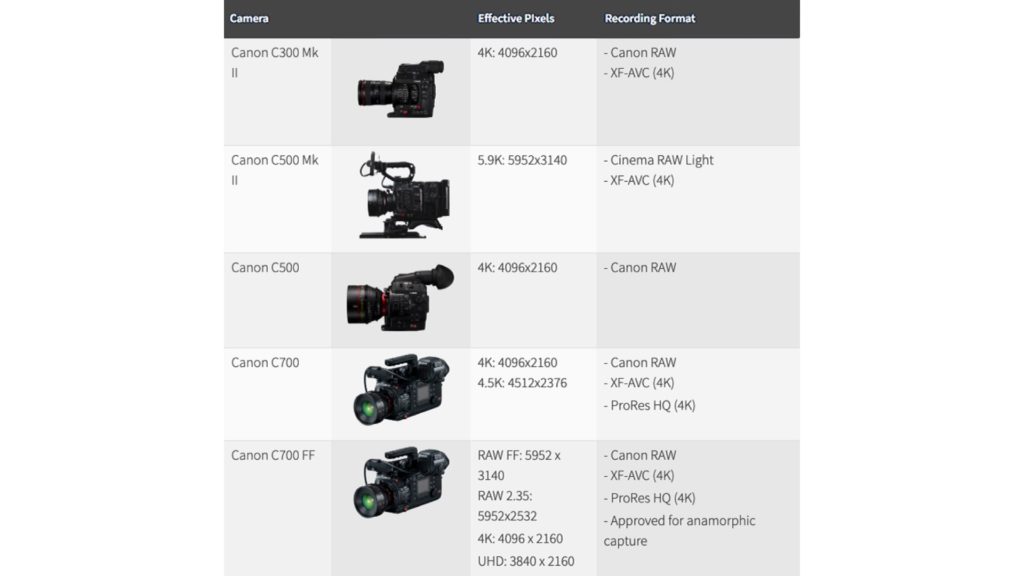
Camera Comparison Chart
Canon has released an update to its Cinema EOS comparison sheet, now including the C300 Mark III. The sheet shows and compare the following parameters: Image Sensing Device, lens mount, exposure, focus controls, LCD monitor, viewfinder, recording media, file formats, codec, video formats, terminal, related accessories, third party products, dimensions, and weight.
Check it out below. Also, the chart can be downloaded from Canon’s website.
[pdf-embedder url=”https://ymcinema.com/wp-content/uploads/2020/06/Cinema_EOS_Comparison_Sheet_Update.pdf” title=”The Cinema EOS Comparison Sheet (June 2020)”]
Final thoughts
Canon EOS Cinema lineup was initiated in 2011. From then, this family has been thriving and expanding, by offering new options and technology. Canon EOS Cinema cameras are popular among independent professional productions. However, those beasts are less popular on Netflix, as for some reason, cameras like ARRI and RED are being chosen for those productions. In my opinion, that’s about to change when the C300 Mark III will be approved.
What are your thoughts about the Cinema EOS cameras? Comment below!


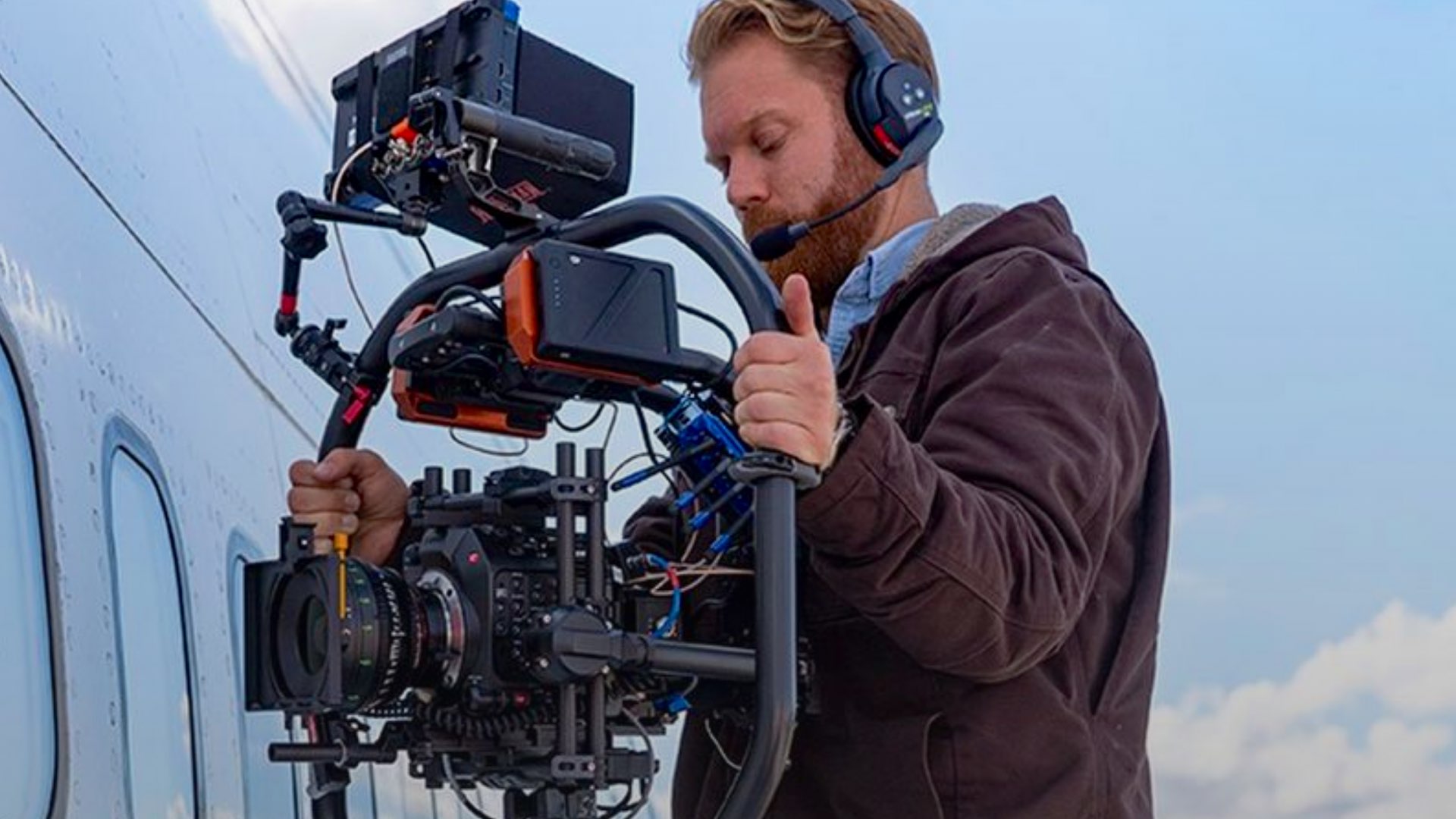
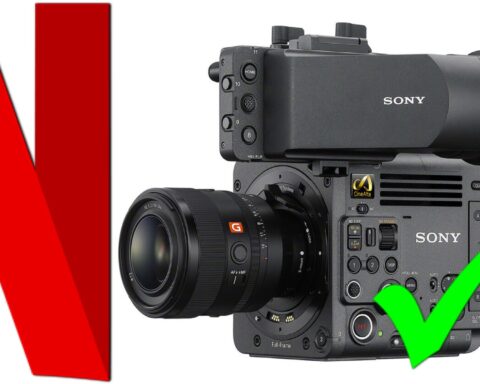
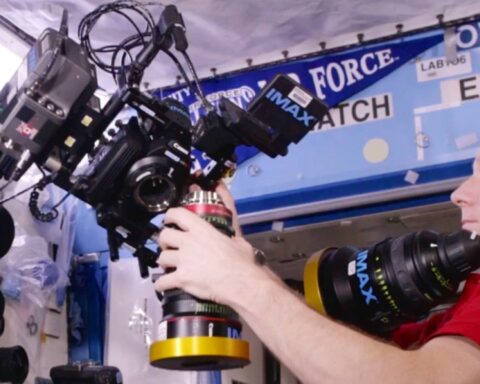
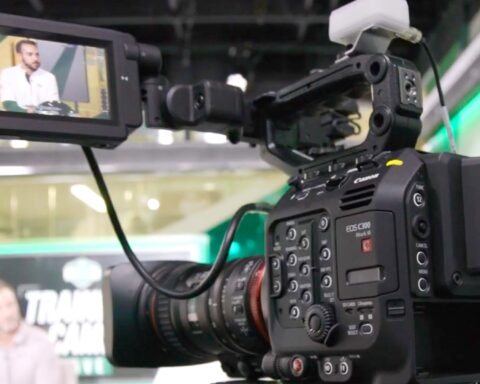
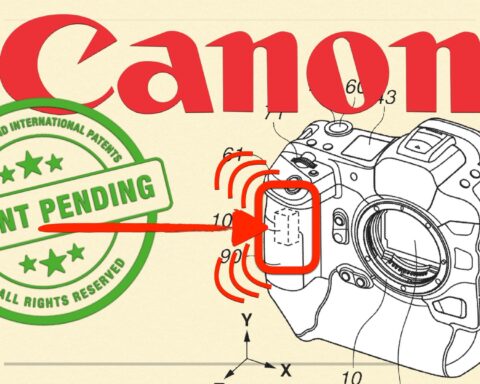
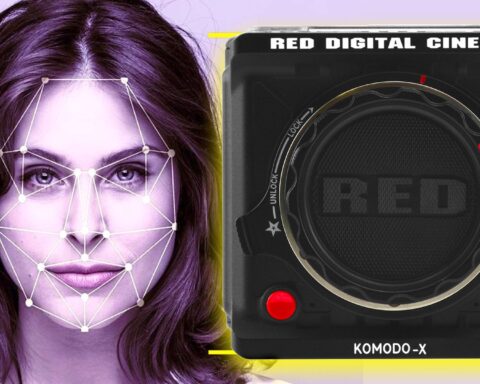
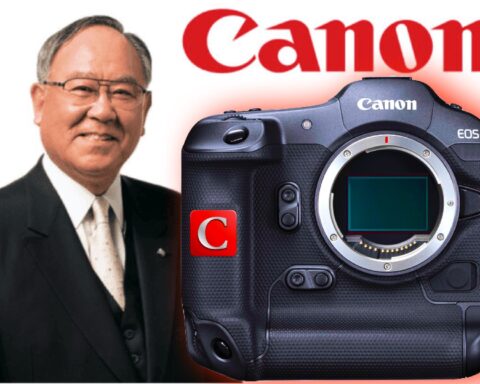

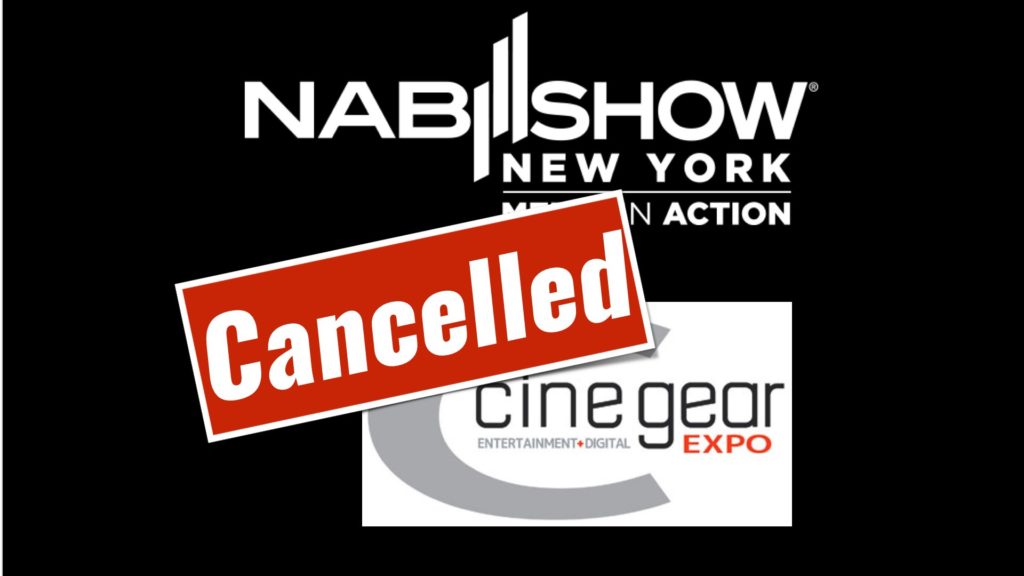
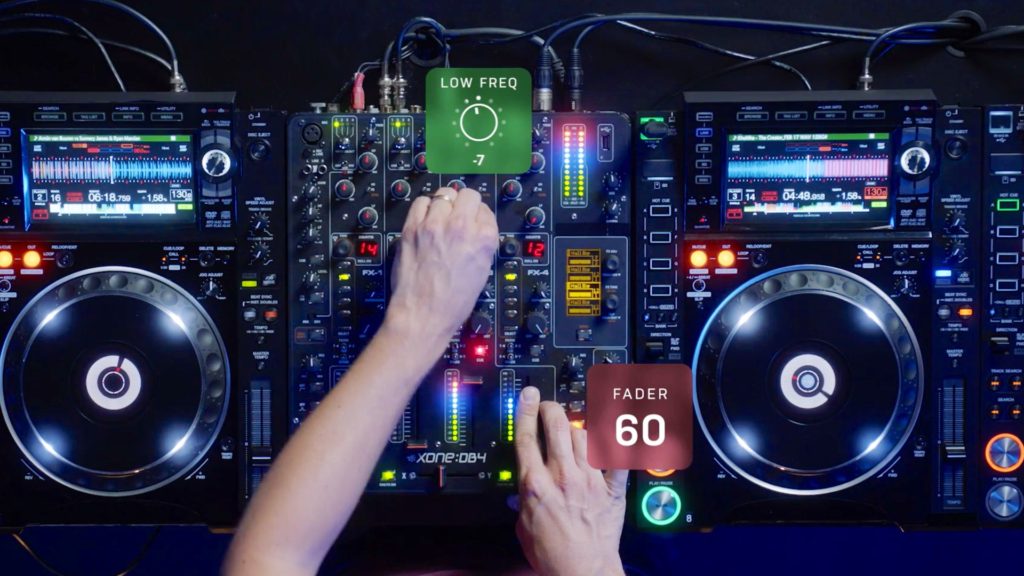
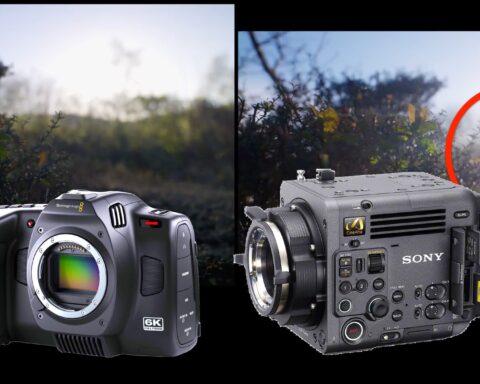
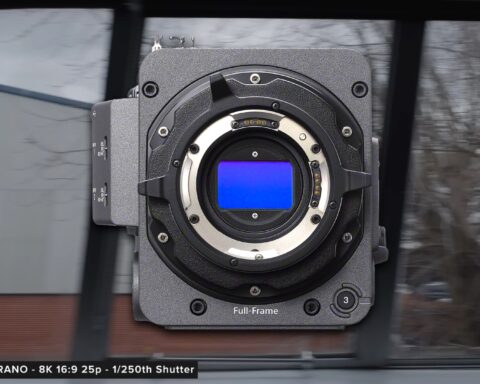
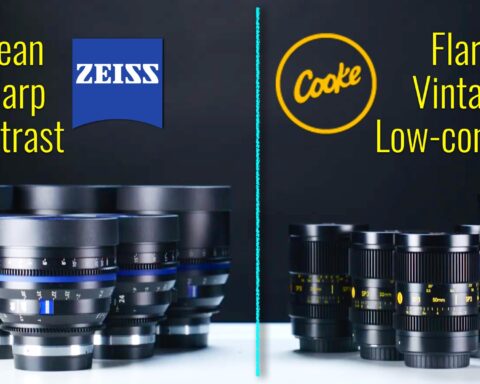
![RED V-Raptor OG vs. [X] vs. ARRI ALEXA 35: Dynamic Range Insights](https://u7s8g8p6.rocketcdn.me/wp-content/uploads/2024/02/red-v-raptor-x-arri-alexa-35-480x384.jpeg)
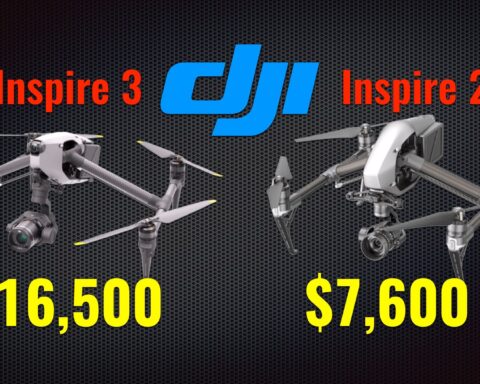
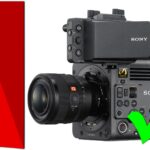
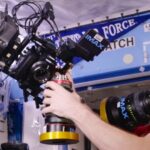
I have issues with the C300 ergonomics. If you don’t build it out with a roll cage etc and hand hold it, (as I was using it shooting a series “My Haunted House”) you can get in to trouble touching the controls. On several occasions the producer chided me for framing a C stand in the shot. Needless to say, it did not show up in my viewfinder. I had touched the focus magnifier button by accident.